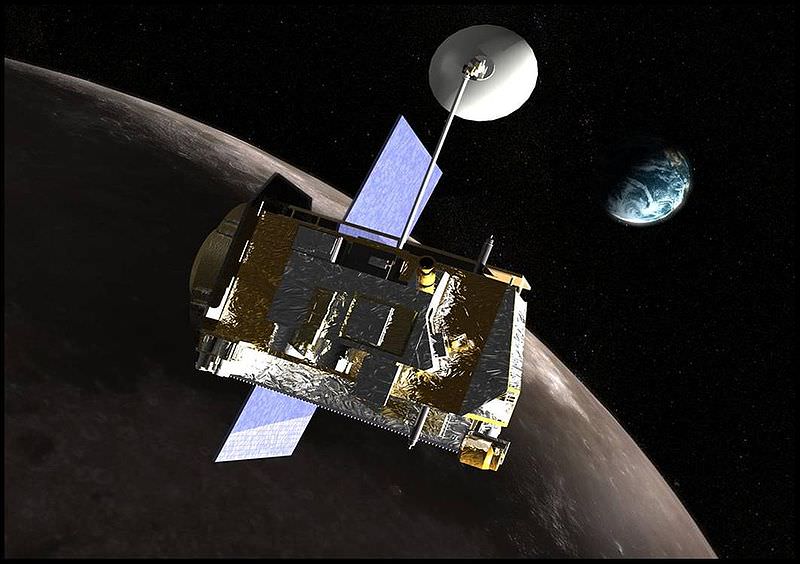While people across North America marvelled at the blood-red moon early this morning, some NASA engineers had a different topic on their minds: making sure the Lunar Reconnaissance Orbiter would survive the period of extended shadow during the eclipse.
LRO uses solar panels to get energy for its batteries, so for two passes through the Earth’s shadow it would not be able to get any sunlight at all. Tweets on the official account show all as well in the first few hours after the eclipse.
“The spacecraft will be going straight from the moon’s shadow to the Earth’s shadow while it orbits during the eclipse,” stated Noah Petro, LRO’s deputy project scientist at NASA’s Goddard Space Flight Center, in a release before the eclipse occurred.
“We’re taking precautions to make sure everything is fine,” Petro added. “We’re turning off the instruments and will monitor the spacecraft every few hours when it’s visible from Earth.”
LRO’s Twitter account asked “Who turned off the heat and lights?” during the eclipse, then reported a happy acquisition of signal after the shadow passed by. “AOS, and sunlight, sweet sunlight! My batteries are charging again before I make another trip to the lunar far side.”
Hear more about LRO’s eclipse journey in the video below. For more information, check out NASA’s LRO website. UPDATE, 10:28 a.m. EDT: NASA’s Lunar Atmosphere and Dust Environment Explorer (LADEE) spacecraft also is fine after the eclipse, according to its Twitter account.

